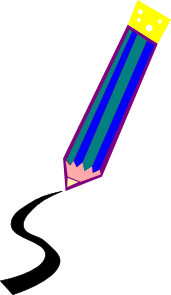If-Then Statements in Geometric Proofs and Computer Programs
Overview: Mathematical Language Conditional statements, also called “if-then” statements are important in logic and mathematics. They state the antecedent as well as the consequent. The conditions are defined precisely in order to determine the parameters of the problem. In order for the entire statement to be correct, both sections must be true. Conditional Statements Geometric…
read more


